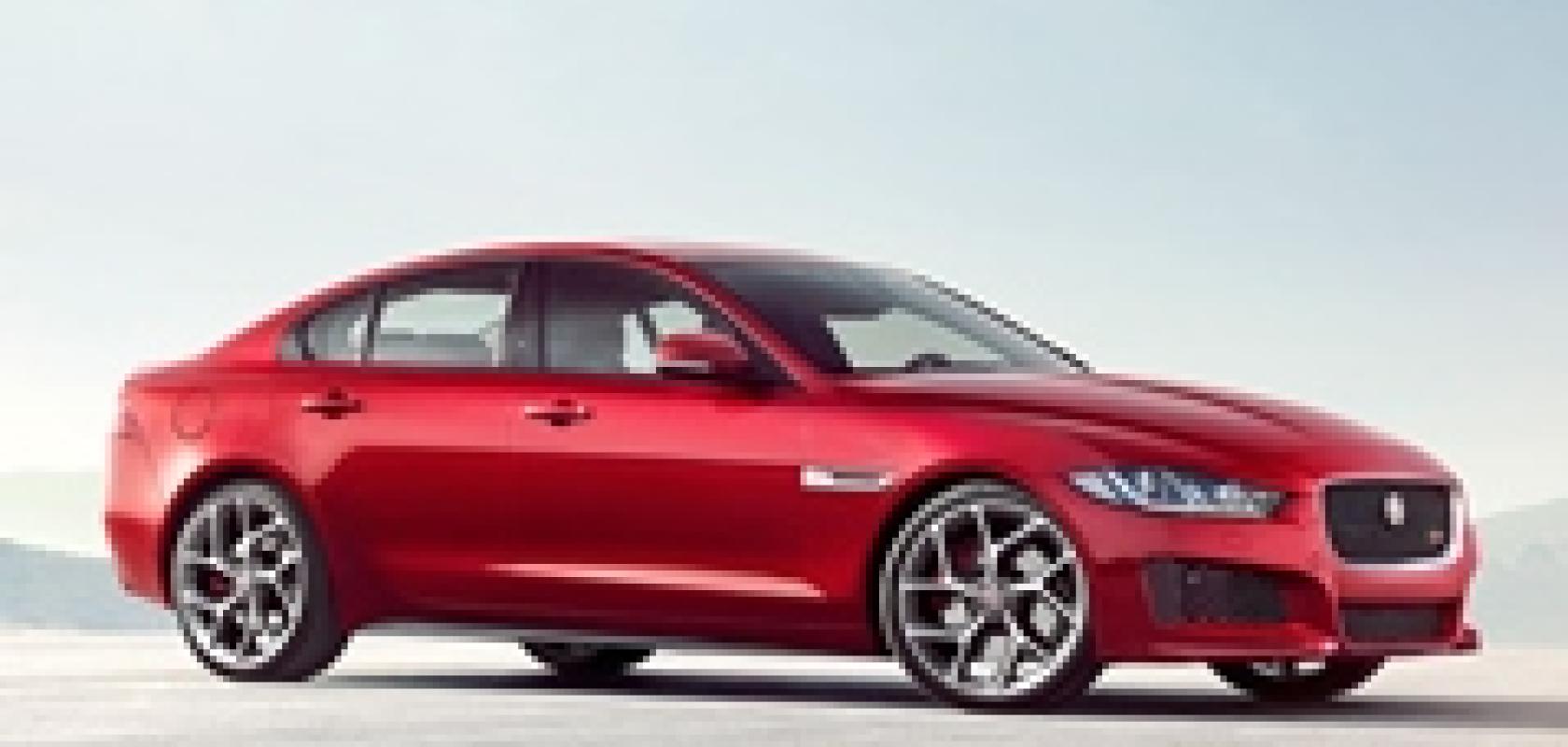Computing is not enough. When it comes to designing luxury cars, the engineers can crunch the numbers. But can they also – somehow – program in the excitement of owning an upmarket car?
Motor manufacturers go to great lengths to create the character and maintain the mystique of their vehicles. When Jaguar announced the launch of its new XE range earlier this year, the company invited ‘celebrities from the worlds of fashion, film, and sport’ and, according to the company website, treated them to ‘unforgettable performances from Kaiser Chiefs, The Royal Ballet, and platinum-selling singer Emeli Sandé.
Sadly, although more than 400 delegates attended Matlab Expo, a conference and exhibition organised by The MathWorks on 7 October at Silverstone, Northamptonshire, UK, neither the Kaiser Chiefs nor the Royal Ballet were in evidence. However, facts were present in abundance.
Andy Richardson, head of simulation for Jaguar Land Rover (JLR), told the meeting that around 36 million hours of high-performance computing had gone into developing the new Jaguar XE. However, even during his technical presentation, the theme kept breaking through that there is a need to ensure that the computing holds true to the Jaguar ‘DNA’ – the excitement of having a car of this brand, with all its historical connotations.
A second recurrent theme in Richardson’s presentation was that motor manufacturers are entering a ‘new age of innovation’ and that the pressures to innovate have become much, much stronger even over the past five or so years. The main forces driving the need to innovate, he recalled, were the need to reduce vehicle emissions and to improve fuel efficiency. ‘The complexity of the engineering challenge has grown enormously,’ he said. And, moreover, the product life cycle is shorter these days than ever before.
Faced with this complexity and need for nimble development, JLR has adopted a model-based design process to tackle the issues on a systems engineering level, he continued. In turn, this was driving an integrated approach to using software to design, test and optimise new designs before any physical components are created.
‘There are many hundreds of different types of analysis we have to do,’ he said, ranging from drivability to whether the windscreen wipers and door mirrors might generate too much wind noise. The company uses HPC compute clusters to do testing many times over, he said. The process culminates in a ‘virtual realisation’ of the prototype new car, which can then be taken for a ‘test drive’ in a 3D cave.
However, Richardson highlighted two issues with the all-software approach to vehicle development. The first was that different software packages from different vendors were sometimes not easily compatible with each other and it was a challenge to move from one domain (that might use one piece of software) to another (dependent on a second package). The challenge was even greater as JLR had to face the issue of legacy software that was out of date – but different ISVs had different cycles for updating and upgrading their software packages.
But his second issue was an intangible – and vital – point about creating excitement. Can the engineering simulations optimise the excitement factor in the design, so as to match the buzz that the marketing department sought to create through that expensive launch in front of ‘celebrities from the worlds of fashion, film, and sport’? ‘When you have a virtual vehicle, how can you ensure that you retain the character of the car?’ Richardson asked.
In other words, can motor engineers put magic in the machine?


